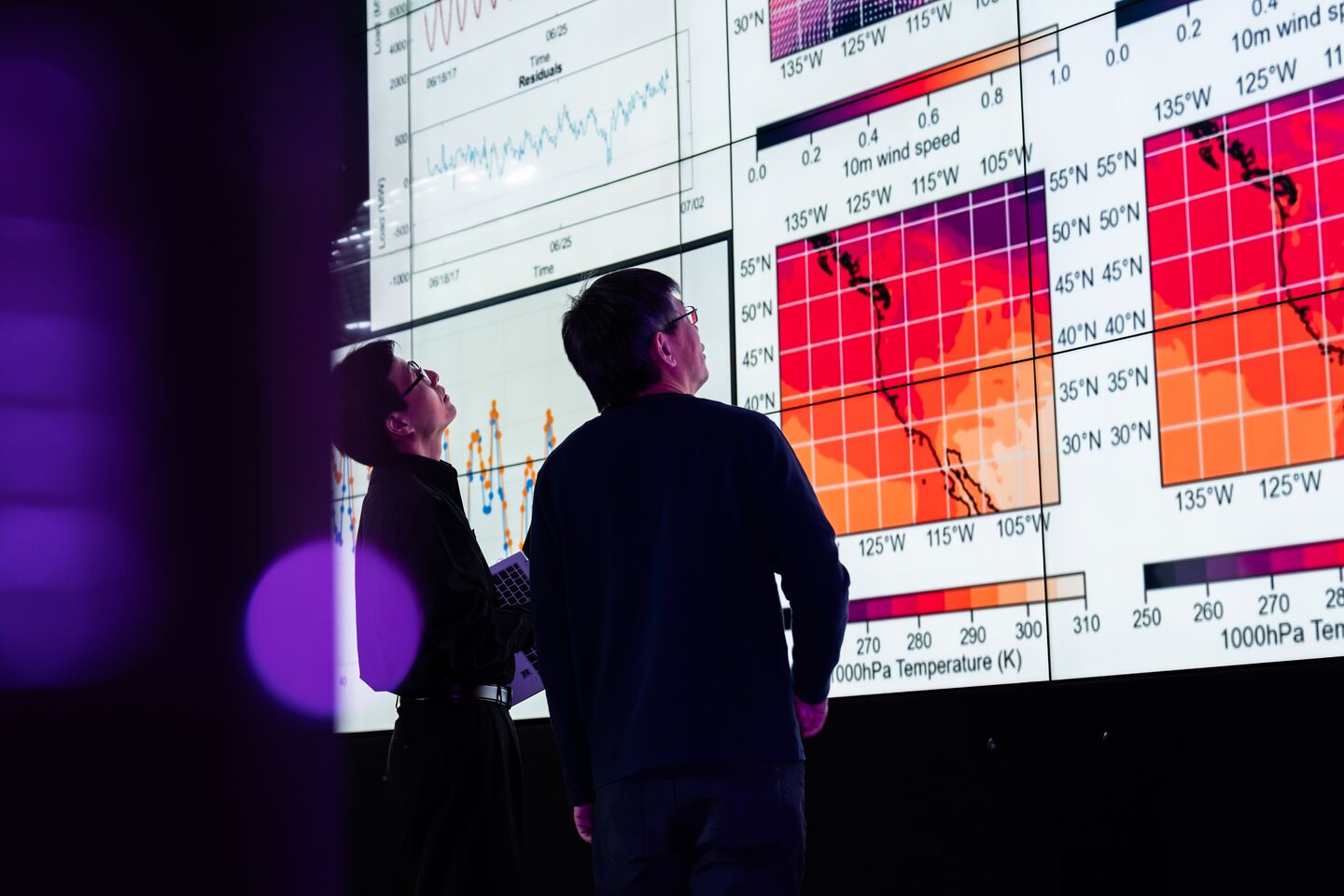
Grid Architecture
Grid Architecture
Focusing on structure for
deep insights about the grid
Focusing on structure for
deep insights about the grid
Grid architecture is a discipline with roots in system architecture, network theory, control engineering, and software architecture, all of which are applied to the electric power grid. An architectural description is a structural representation that helps people think about the overall shape of the system, its attributes, and how the parts interact.
Grid architecture serves many purposes, including the following:
- managing grid modernization complexity and assisting stakeholders in communicating about the grid
- identifying and removing structural barriers and defining essential limits to grid behavior
- creating new structure to enable new capabilities or strengthen grid properties such as reliability and affordability
- identifying gaps in theory, technology, and organization
- providing a framework for grid improvement efforts.
Most of all, grid architecture provides insight to stakeholders so they can make informed decisions when planning upgrades for the grid and its supporting structures.
Acceptance and uptake

The electric grid is our most complex—and essential—machine.
Learn how the grid powers America
Grid architecture is a connected body of work that has found ever-increasing use in the electric utility industry, not just in the United States but worldwide. For example, the Electric Power Research Institute adopted the grid architecture approach developed by Pacific Northwest National Laboratory (PNNL) as the basis for the industry’s integrated system planning and modernization road maps.
PNNL’s grid architecture approach is also used by electric utilities and utility regulatory commissions and boards in dozens of states and other countries worldwide. Grid architecture helps stakeholders understand the issues of grid modernization from a structural standpoint and provides principles and reference models that they can adopt and then adapt to their unique circumstances.
Ultimately, grid architecture provides insights into how to structure the future electric system, with a rigorous structural approach and training to facilitate industry adoption.

